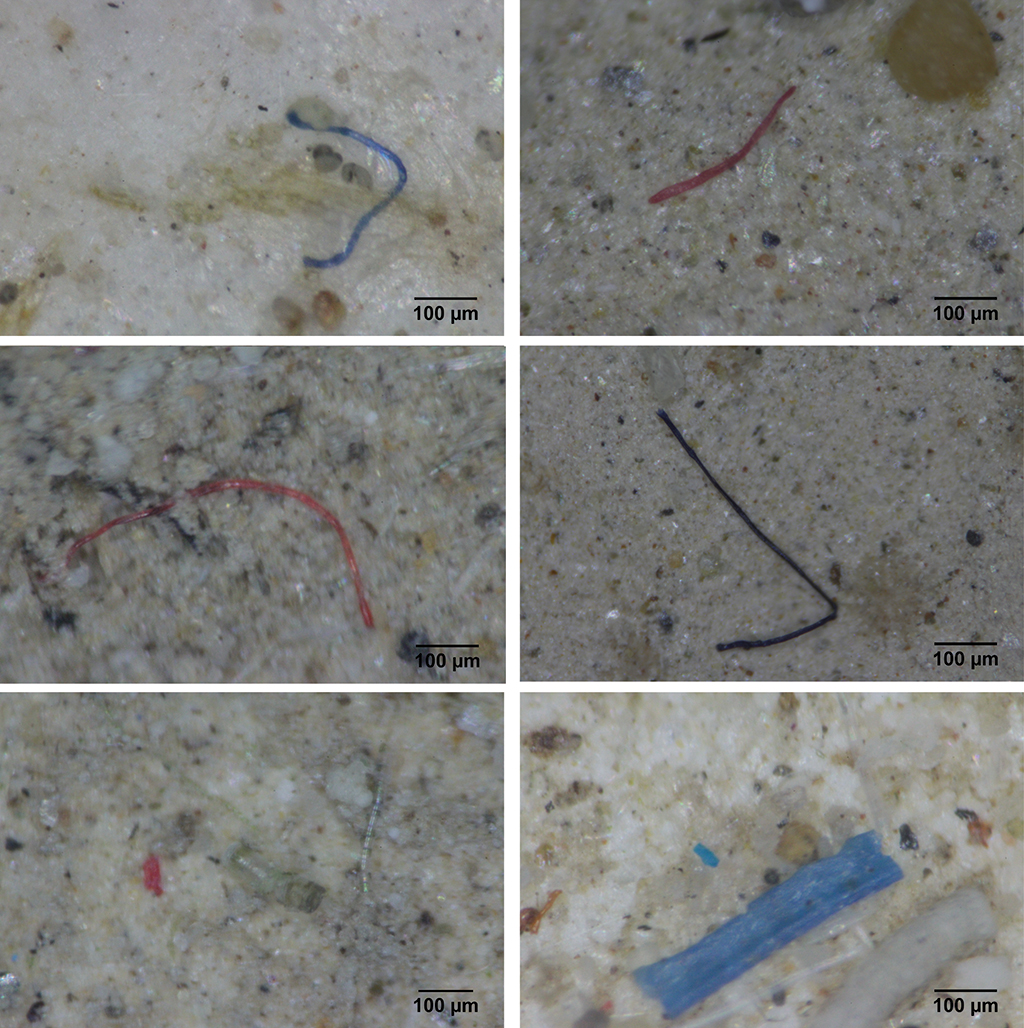Rivers are considered the main pathway for microplastic pollution to reach oceans. Microplastics are particles or fibers smaller than 5 mm. They can be “primary” microplastics such as raw material used to create plastic products (pellets), small particles used for cosmetic purposes, beads for industrial abrasive blasting media or fibers for textile purposes, or “secondary” microplastics, originating from the degradation of larger plastic items. Until now, studies on microplastic pollution have focused on their presence in oceans and seas, with little consideration given to rivers and estuaries as main sources of these pollutants. A recent study focussing on the Ebro Delta shows that Ebro’s surface waters annually discharge approximately 2.2 billion microplastics into the Mediterranean Sea. In the study, the values found in benthic sediments are 3-6 X higher than on sandy beaches of the estuarine system. This concentration is due to the influence of the salt wedge – spacing between fresh water and ocean water – where the flow velocity is lower and the retention time is longer. Overall, 70% of the microplastics found in the Ebro River Delta are synthetic fibers, followed by plastic fragments and films. Most of these fibers arrive to the river through wastewater effluents and treatment plants as a consequence of domestic and commercial laundry. Up to 2000 fibers can be released washing a single garment of clothing. Wastewater treatment plants are not able to remove all the textile fibers. Transitional fresh and marine water systems – particularly near urbanized areas – are critical for microplastic research. Estimating the residence times of microplastics in this dynamic corridor to the ocean can help evaluate the hazard of these pollutants to organisms and ecosystems and, by extension, to human health.
Reference
